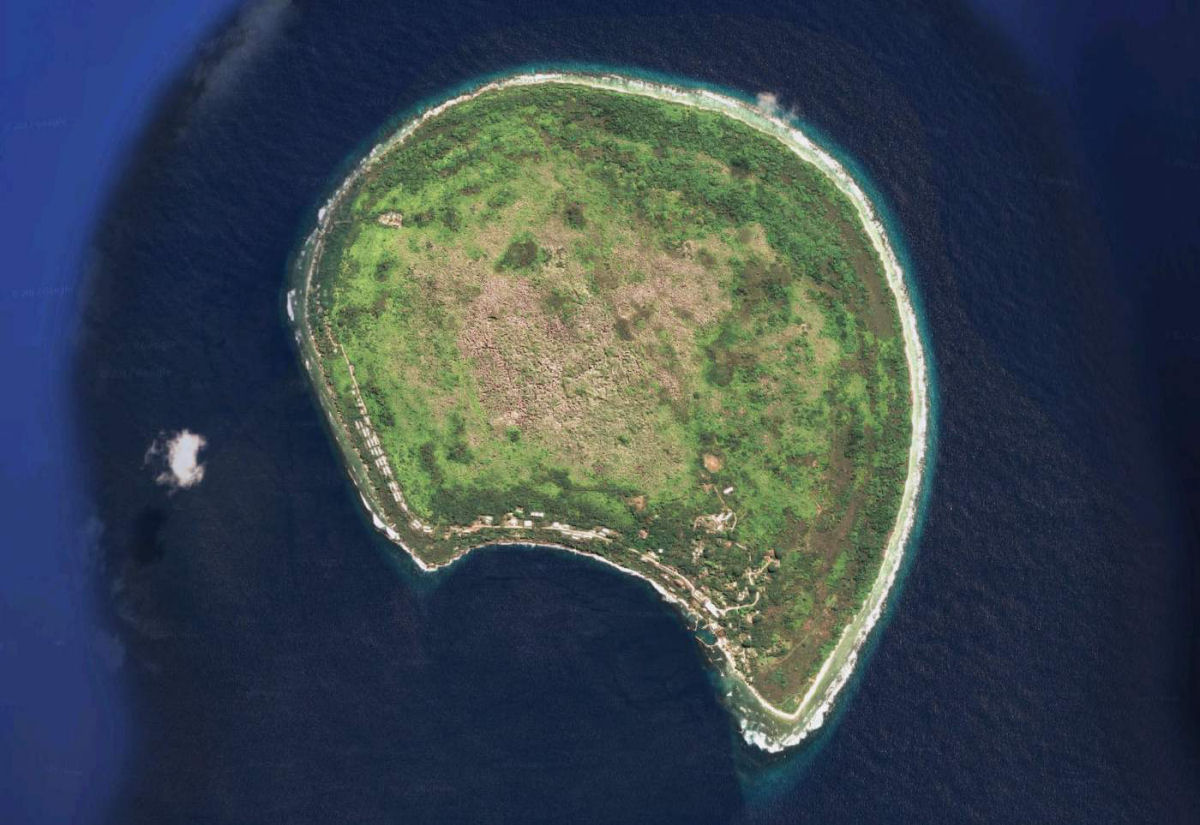By Samantha Magick
Earlier this month the world learnt of the plight of Banabans, who had been living without fresh water for a year according to residents.
A social media post from an overseas-based Banaban gave a stark insight into the dire water shortages, and rallied support for the island’s estimated 12,000 inhabitants. Within days the Kiribati government dispatched bottled water, a desalination plant, water tanks and cement to repair existing but damaged water tanks.
One elder, Roubena Ritata told Pacnews it is a long-standing problem. “This . . .
Please Subscribe to view full content...

